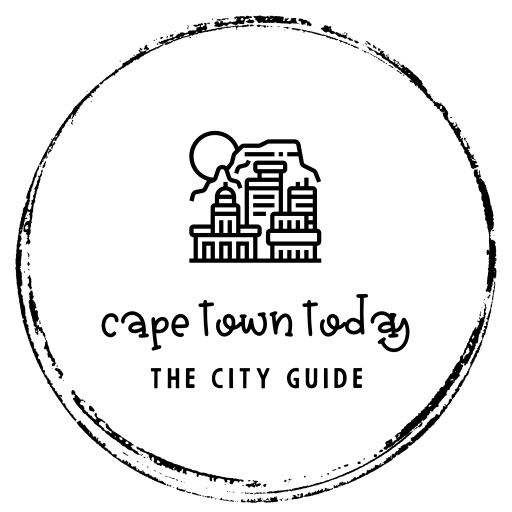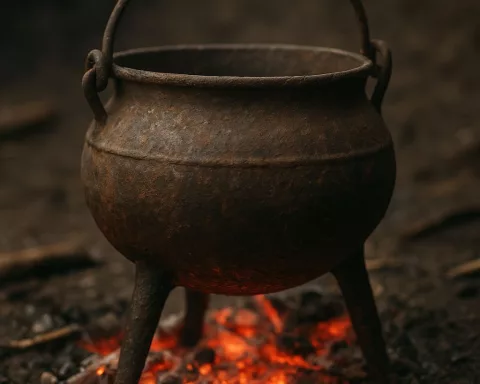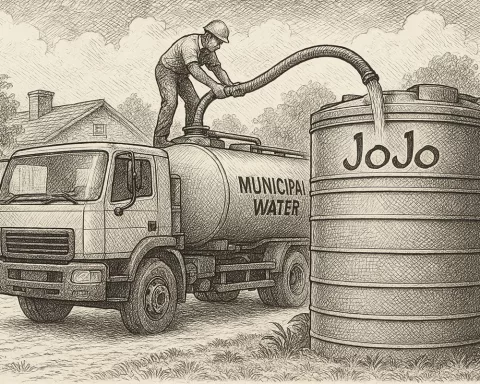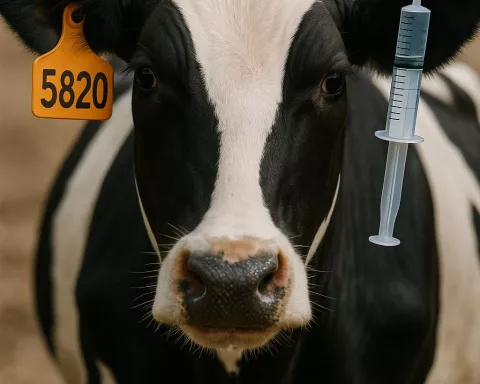Kloof Road in Cape Town remains closed due to storm damage and will take two years to repair. The closure impacts daily commutes and traffic dynamics to other areas along the Atlantic Seaboard. However, the restoration project is a collaborative effort between the City and SANParks, demonstrating urban resilience and commitment to environmental sustainability. The closure represents a fresh chapter in Cape Town’s urban development story, highlighting nature’s unpredictable wrath and the city’s unfaltering tenacity amidst adversity.
What is the current state of Kloof Road in Cape Town?
A significant segment of Kloof Road remains off-limits due to storm-induced damages, with a projected two-year timeline for repair and reconstruction. The road is deemed unsafe and unfit for public use, impacting the daily commute and traffic dynamics to other areas along the Atlantic Seaboard. The restoration project will require environmental clearances and represents a collaborative effort between the City and SANParks.
Cape Town’s urban development story has a fresh chapter inked into its chronicles, centered around the famed Kloof Road. Known for its essential role in the lives of residents and its picturesque allure to tourists, today, the road encapsulates nature’s unpredictable wrath and the city’s unfaltering tenacity amidst adversity.
Sealing of Commuter Lifeline
The Urban Mobility Directorate of Cape Town has stated that a considerable segment of Kloof Road, stretching from Kloof Nek Road to Round House Road, continues to stay off-limits. Regrettably, this is not a brief interruption. Instead, the state of the road necessitates a projected two-year timeline for exhaustive repair and reconstruction. The road section has been deemed unsafe due to storm-induced damages, compelling both residents and tourists to explore alternative transit routes.
Unleashing of Nature’s Forces
The story of this closure is intricately linked with an extreme weather occurrence experienced during the extended weekend of September 24, 2023. The storm, classified as a level nine, wreaked widespread havoc across Cape Town. The downpour, on an already saturated terrain, resulted in uncontrolled surface water runoff, compromising the bank’s stability.
Visual evidence highlights the post-storm scenario, a terrain dramatically transformed by nature’s forces. The uncontrolled runoff resulted in a slip failure at Kloof Road. While this term might sound technical, it essentially portrays a grim reality: the road surface, along with its underlying strata, is unstable, thus making it unfit for public use.
Wider Ramifications
The implications of Kloof Road’s shutdown go beyond the hassle of a disrupted daily commute. It has a ripple effect on the city’s infrastructure, modifying the traffic dynamics to Clifton, Camps Bay, and other coveted spots along the Atlantic Seaboard. It also underscores the city’s commitment to addressing environmental issues and adhering to regulations. The restoration project might require environmental clearances, a process capable of extending the 24-month repair projection.
Restoration and Resilience
However, the urban narrative of Cape Town is not solely about damage and disruption. It equally emphasizes recovery and resilience. To rectify the slip, the Urban Mobility directorate plans to stabilize the ‘toe’ of the collapsed slope. This initiative sets the stage for introducing new material to fill the gap caused by the slip, a process meticulously implemented from the ground up.
This reconstruction journey represents a collaborative effort, exemplifying urban solidarity. The City will work in tandem with SANParks, the proprietors of the terrain beneath the slip, on various facets of the project.
Dialogue with Residents
As the City skillfully maneuvers through a maze of logistical hurdles, it also aspires to keep the lines of communication open with its residents. Recognizing their understanding and patience, it aims to reassure them about its unwavering dedication to restoring normalcy.
Hence, the narrative of Kloof Road’s closure and forthcoming repair is woven into the broader tale of Cape Town’s engagement with its natural and urban landscapes. This story is punctuated by the abruptness of a level nine storm and the gradual, meticulous steps towards restoration. It stands as an emblem of the city’s capacity to endure the storm and emerge fortified, collectively committed to urban mobility, and environmental sustainability.
1. What is the current state of Kloof Road in Cape Town?
A significant segment of Kloof Road remains off-limits due to storm-induced damages, with a projected two-year timeline for repair and reconstruction. The road is deemed unsafe and unfit for public use, impacting the daily commute and traffic dynamics to other areas along the Atlantic Seaboard. The restoration project will require environmental clearances and represents a collaborative effort between the City and SANParks.
2. What caused the closure of Kloof Road?
Kloof Road in Cape Town was closed due to storm damage caused by a level nine storm that occurred during the extended weekend of September 24, 2023. The uncontrolled surface water runoff resulted in a slip failure at Kloof Road, making it unfit for public use.
3. How long will it take to repair Kloof Road?
The current projection for the repair and reconstruction of Kloof Road is two years. The restoration project will require environmental clearances and represents a collaborative effort between the City and SANParks.
4. What are the wider ramifications of Kloof Road’s shutdown?
The closure of Kloof Road has a ripple effect on the city’s infrastructure, modifying the traffic dynamics to Clifton, Camps Bay, and other coveted spots along the Atlantic Seaboard. It also underscores the city’s commitment to addressing environmental issues and adhering to regulations.
5. How will Kloof Road be restored?
To rectify the slip, the Urban Mobility directorate plans to stabilize the ‘toe’ of the collapsed slope. This initiative sets the stage for introducing new material to fill the gap caused by the slip, a process meticulously implemented from the ground up. The restoration project will require environmental clearances and represents a collaborative effort between the City and SANParks.
6. How is the City communicating with its residents about the closure?
The City aims to keep the lines of communication open with its residents, recognizing their understanding and patience, and reassuring them about its unwavering dedication to restoring normalcy. The restoration project represents a collaborative effort, exemplifying urban solidarity.








